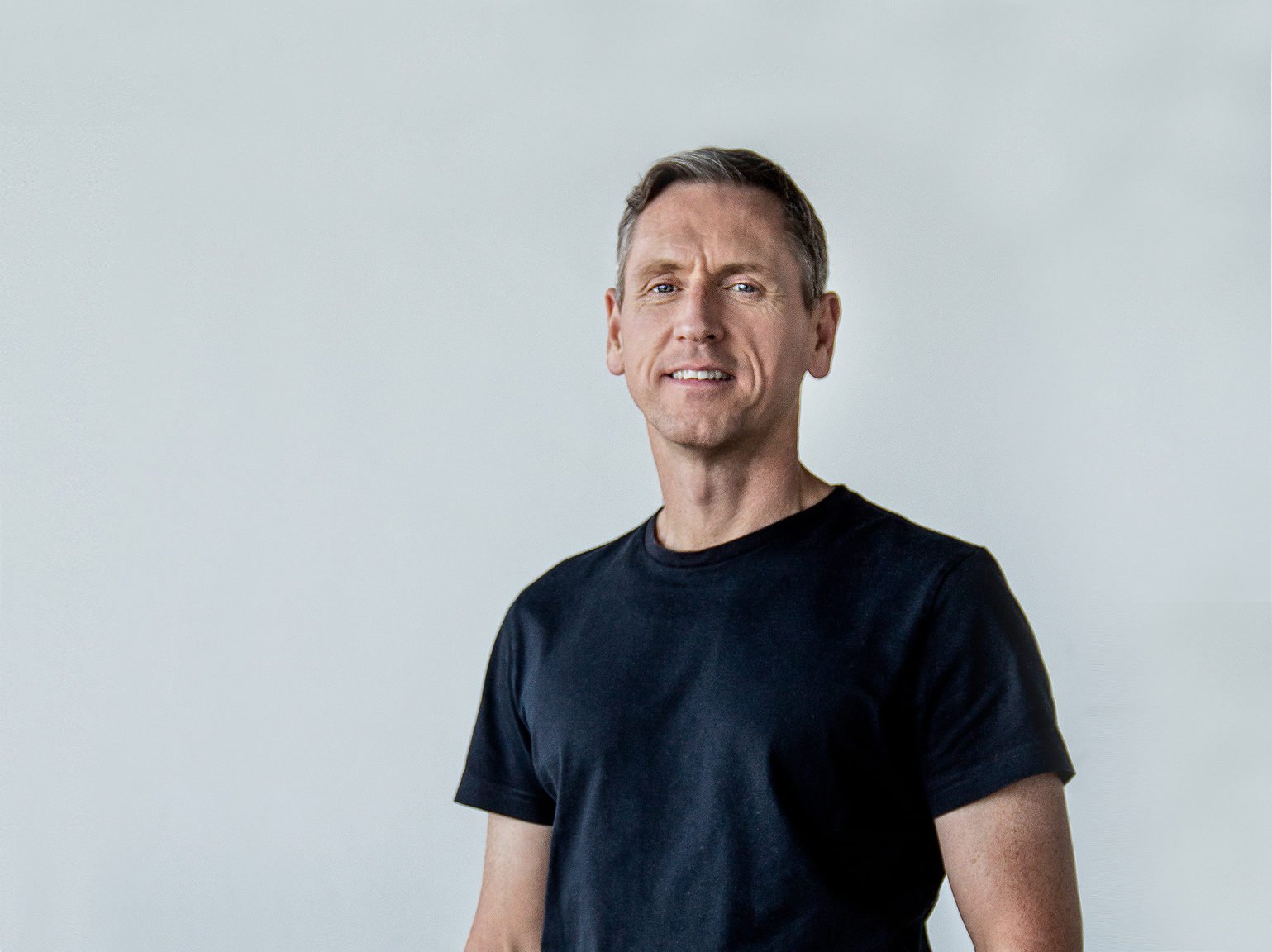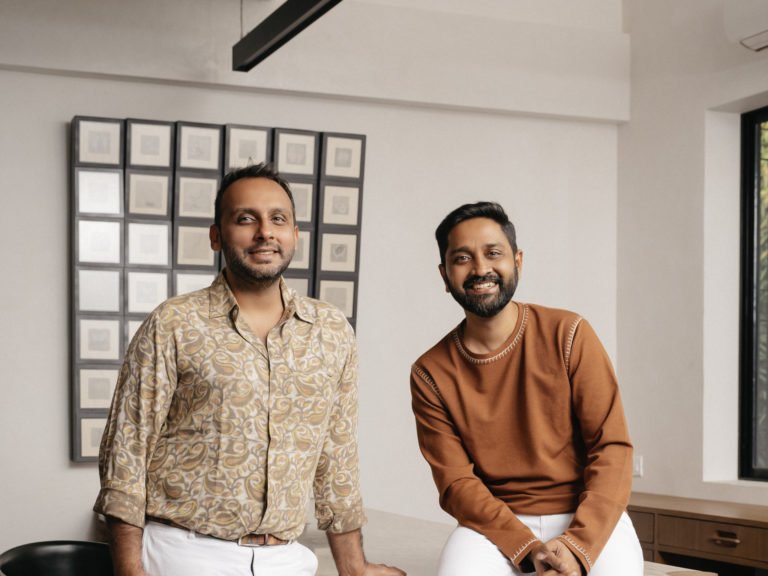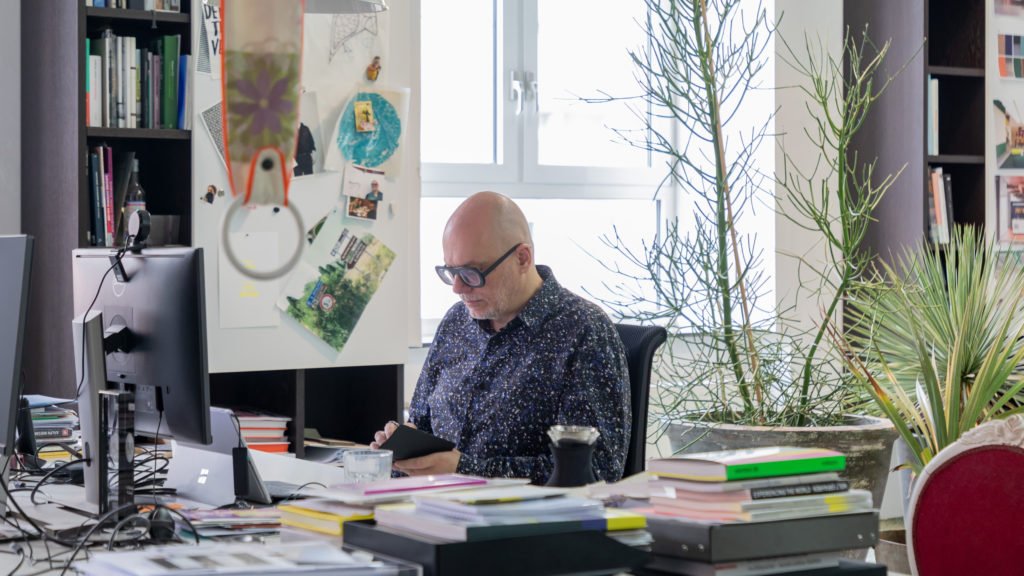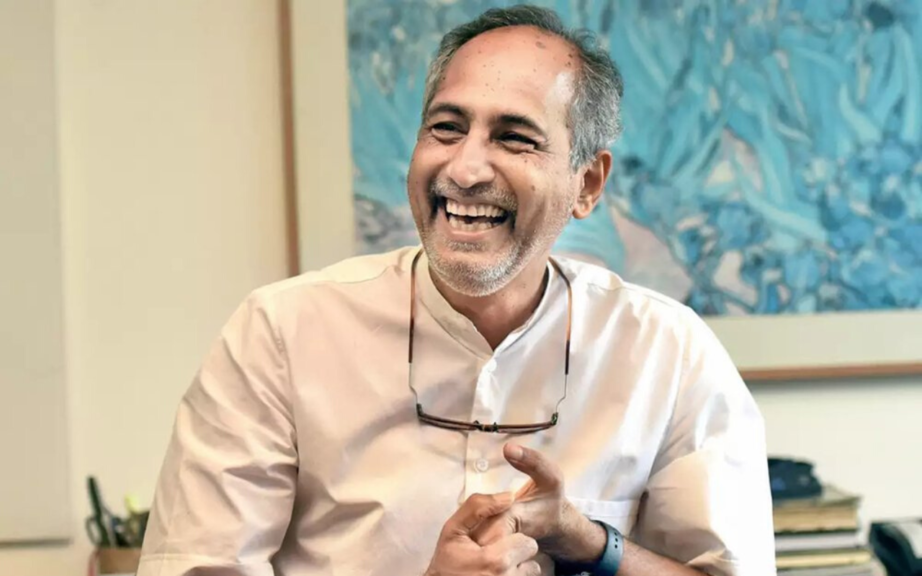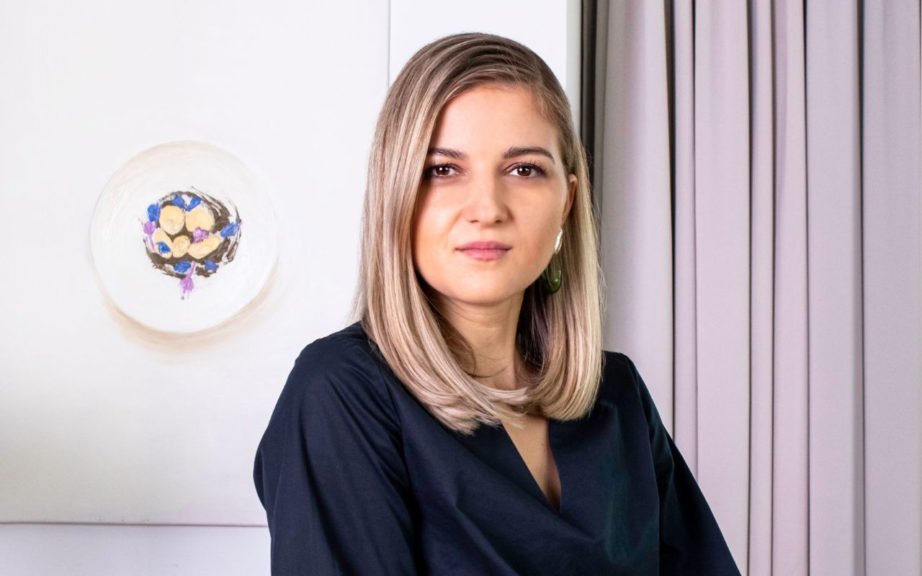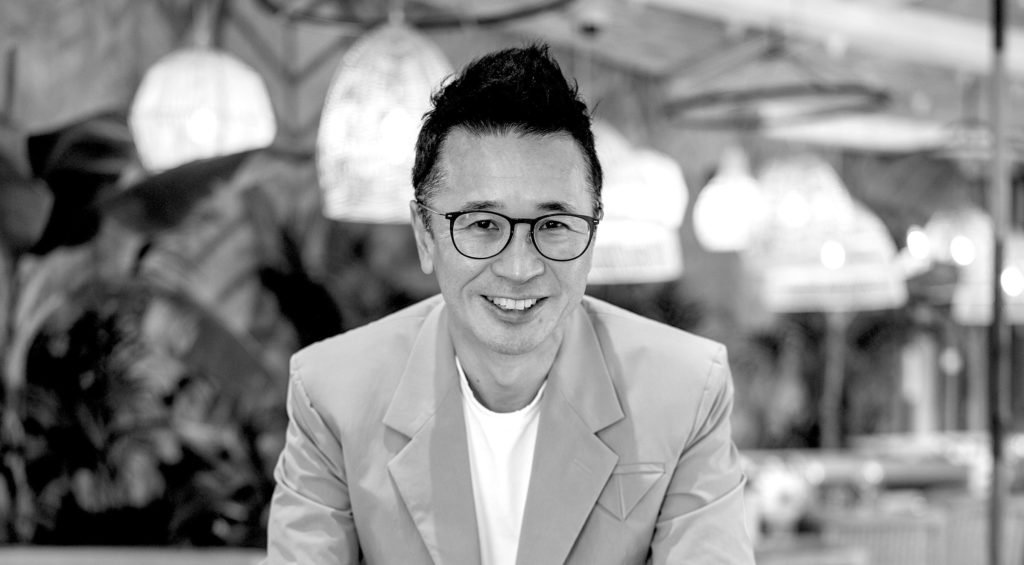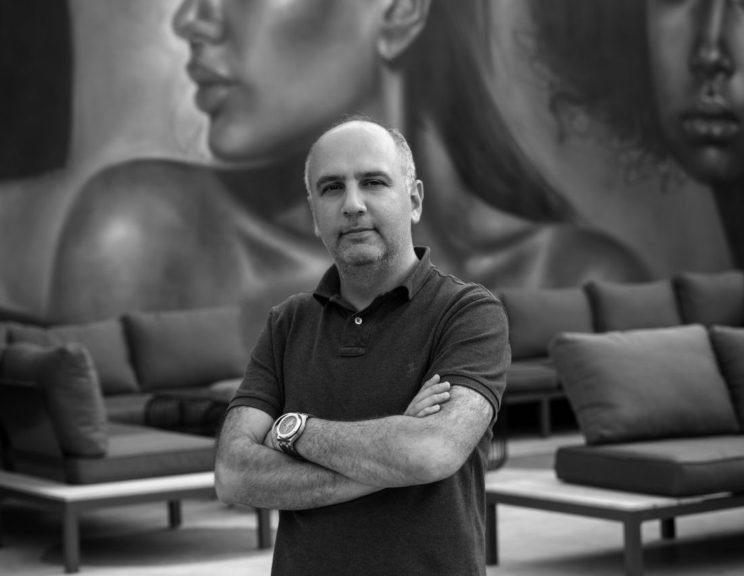Irish architect Jason Burnside graduated from the University of Dundee in 1996 and spent five years with a small urban design practice in London before moving to Dubai to join Godwin Austen Johnson (GAJ) in 2001. Jason’s long career has seen him work on high-profile projects, such as GAJ’s collaboration on Gate Village at DIFC with Sir Michael Hopkins Architects, as well as the competition winning scheme for the UAE Parliament with EYRC Architects (formerly Ehrlich Architects). Specialising in the education sector – an area Jason is passionate about – has seen GAJ amass a prolific portfolio of more than 20 schools in the region since he headed up the role in 2011, including the Ladybird Early Centre in Dubai, The Arcadia Preparatory School and Emirates International School.
Tell us about your journey? How did you come about choosing this profession?
The very beginning, I suppose, was in my mid teens, when I first had the idea of becoming an architect, which was quite strange considering that in the environment I grew up in, everybody went into a trade. But there were a few buildings that I had seen, one in particular quite close to where I grew up, a famous chapel designed by Liam McCormick, in Donegal called St. Agnes, which sparked an interest. It wasn’t anything other than a bit of curiosity at the time, but it planted the idea of trying to understand more about why people design the way they design. It was when I started questioning things for the first time.
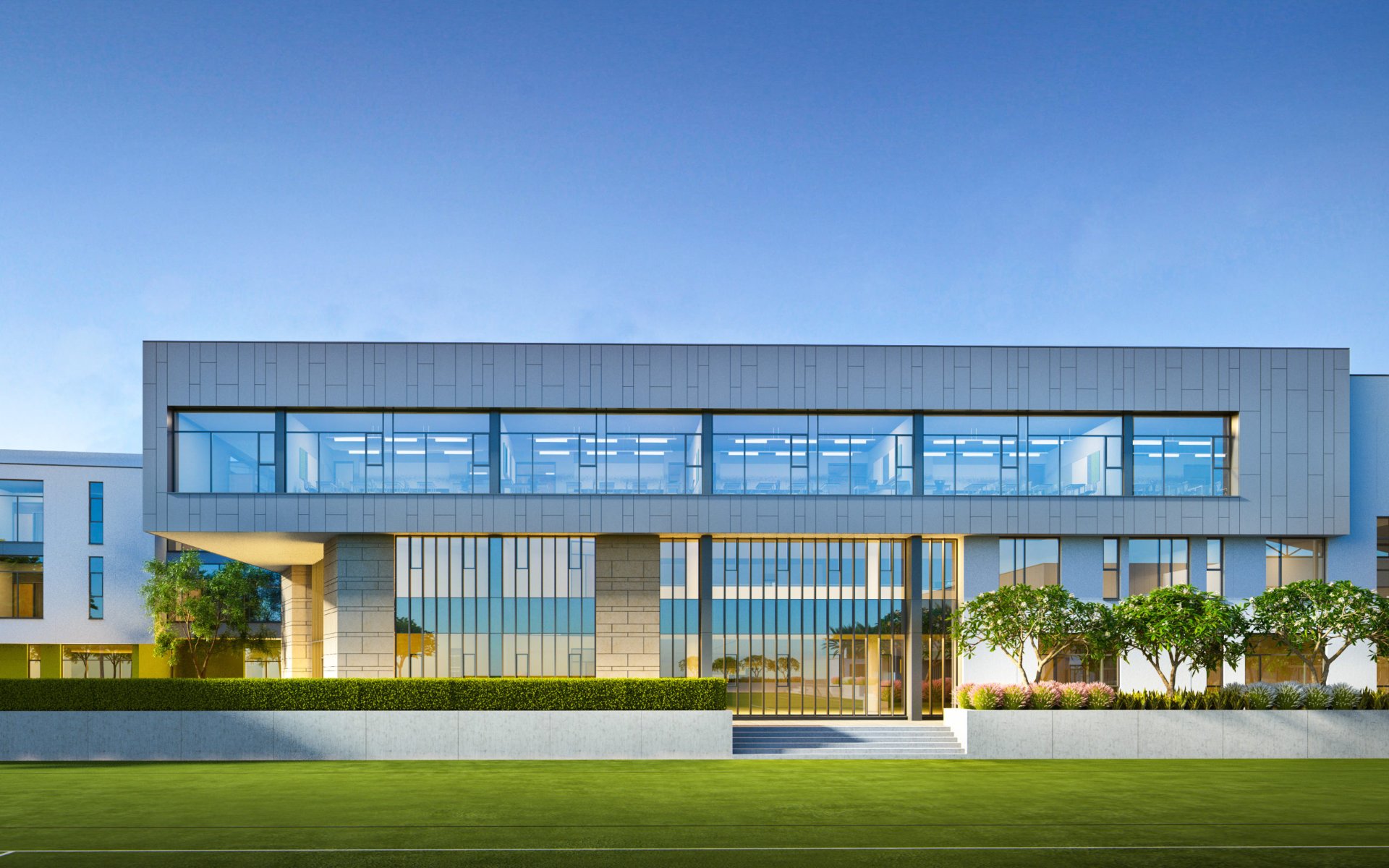
Citizens School
I then ended up doing a building course. People often ask about which A levels you should take to become an architect, and I did building science, which probably to this day is something I rely on more than math, physics or art. Because what we do as a profession is blending all these ideas between structure and environmental science together, and by the time I got to university, I think I was probably further ahead than the other students in terms of understanding buildings and how we should be constructing them. But then the sculptural and aesthetic side was what I had to work harder on, because my starting point had been so practical.
After university I worked in Scotland, then moved to London and from there, I moved to Dubai 20 years ago. Then, Dubai probably was only just starting its own journey. And the architecture scene here definitely wasn’t anywhere near as vibrant as it is now. It was meant to be for two years and the plan was to go to Toronto and find a job there. But we never got beyond Dubai. And I never got beyond GAJ either.
What brought you to GAJ and how has it been working in this region?
I think like most things in life, there’s always a hefty dose of good fortune. The shortened version is that I had shared a flat with a guy in Edinburgh for one week. We had a lot in common and stayed in touch. He then went to do his PhD close to where I was working in London and his partner’s sister had just moved to Dubai to work. She invited him over and said he could bring some friends. So my wife and I jumped on a plane. We got here in June when it was crazy hot. The only buildings at the time that were landmarks were the Burj Al Arab, Emirates Towers and the Trade Centre, so you had this kind of fragmented, long city, with a couple of old buildings popping up at the edge of it.
While I was here, I had a chance meeting about the possibility of doing some work out here, more to break the routine and travel for a couple of years. The plan was to start here and go around the Far East and then end up in Canada, but we never got beyond here!
I arrived 10 days before September 11th. And the whole landscape changed instantly – suddenly a job we had in the pipeline didn’t exist anymore and Dubai was in a very different situation. And as I said earlier, good fortune played a role again at that point because another client got in touch who had an architect in the US, Erlich, and they were trying to find an architect here to work with them, to do a private residence, which was the New Moon Residence. We took that on, with GAJ as the architect on record. It was a fascinating project and started to get a bit of media attention. Then Hopkins Architects were looking for a local architect to work with them on a project, so we partnered on that and I became the project architect on Gate Village. So that took another three or four years, and before I knew it, in 10 years I’d only managed to do a couple of really big projects. The education market then started to pick up after 2008. The department was given to me to run, and I hadn’t been involved in education up to that point, so I was just thrown in the deep end.
From left to right: Ladybird Nursery; Arcadia School; Villa in Khawaneej; Gate village, DIFC, with Hopkins Architects
What would you say is different about working in this region compared to working in other parts of the world?
One thing that this region creates as a byproduct is that everything has to go at a tremendous pace. The implication of that is that there’s never enough time – you’re always under enormous pressure, whether that’s from a time perspective, or whether that becomes a resource issue that eventually becomes a financial issue. If we take that away, and look at the positive side of that, when a decision is made, something has to be done. So the pace of it is quite exciting because you can get off the plane and within six months be standing on site starting to build. At the end of the day, though, you’ve still got the same responsibilities as an architect.
When I first arrived, it was still very hot and I realised that designing for the climate here would be a different way of thinking – coming from a cold country, you don’t worry about air conditioning for example, so I had to completely switch my mindset. In the Northern Hemisphere, we try to maximise natural daylight, so it took a while to understand the local vernacular architecture. As a practice at GAJ, that’s one of the things that we’ve always been very proud of – embracing the local vernacular. It offers a lot of good lessons in terms of how to build properly for these environments. We respect local culture and architecture, and turn it into something that’s much more contemporary in its execution, but the principles stand up really well.
Now that GAJ is thriving, do you have sustainability policies you comply with?
From the first day of architecture school, you’re taught the principles of space and light, and how to make things better from an aesthetic perspective. But the first lessons are also about the need for shelter – which is the reason for architecture. When people started living in environments like Dubai, where the projections are that we’re going to go from nine days a year of over 50 degrees to 30, they had to build to insulate better, and protect themselves. So while the first lesson was how to build shelter, we now need to look at how to do that sustainably too – something that we’ve always tried to advocate for as a practice.
We don’t lecture clients in terms of their role in this, but what we do demonstrate is that if we design properly and are efficient with the design, they have the benefit of reduced running costs. And it may involve a bit more capital expenditure at the beginning, but ultimately our social responsibility to make sure that we are trying to adapt to the environment is fundamental to architecture.
We all have a role to play and I think as we move towards COP 28, we’re probably going to be providing more organisations with environmental or CSR plans. And the benefit is that we should all see an improved environment as well as financial gains, because people will be more efficient and there will be less wastage.
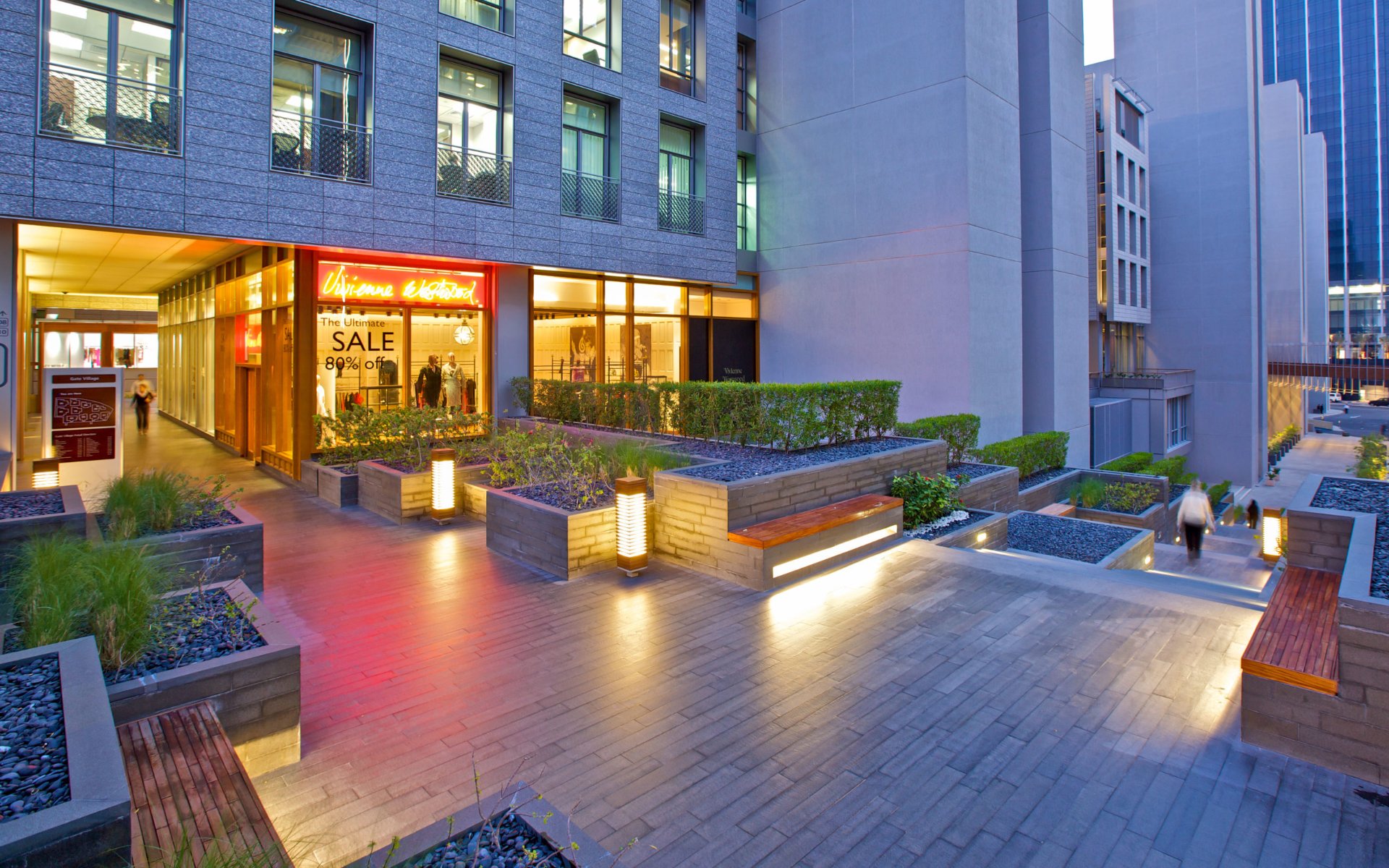
Gate village, DIFC in collaboration with Hopkins Architects
How would you describe your personal design style?
Everything we do is always a product of the team, so if there is a style that sits behind that, I suppose it’s about consistency as a team. So therefore our style is us. We are consistent and we are passionate. Everybody’s got unique skill sets, and I certainly can’t do some of the things that some of my colleagues can do and vice versa, and that’s a combination of talent and experience and making sure that everybody gets an opportunity to express, whether they think it’s the right decision or not. If I were to summarise what that looks like, it comes back to one of my previous answers, which is that it’s a building that people are comfortable in, and that they enjoy using, and it has a degree of aesthetic beauty. But that’s not the thing that drives us. What we’re driven by is this combined, holistic approach towards usability and functionality. It’s not pretentious, it’s about being subtle and respectful, and ultimately enjoyable.
What’s your favourite design sector?
As a designer, you’re always excited about the next challenge. Sometimes working in a field that you’ve never worked in is the most challenging, and it probably offers the most opportunities to learn. I keep coming back to my good fortune in going into education design, because more than probably any other user group, you have such a wide range of ergonomics to think about (from kindergarten to tertiary), and it’s about trying to work with all those different stakeholders. But more satisfying than anything is when you go to those buildings and you see how the teachers have taken control of the environment and personalised their space for that year, and how they’re using the building, and the unbridled excitement of the children. It is about allowing people to interact with the buildings, and the more design that we’re doing in education, the more we are starting to engage those users in conversation from the beginning.
Where do you see the design industry five or ten years from now?
Construction doesn’t move incredibly quickly. Things are slow to radically change. In saying that, what I’ve seen in the last two or three years as technology has become cheaper, is the evolution of visualisations and animation. The younger generation coming through are so skilled in that three-dimensional art. It’s making it much more accessible, but clients are also becoming much more difficult to please in terms of the quality of that documentation at early stages. Also now, as communications move forward, I can see that how we conceptualise projects at the beginning and the workplace will overlap with this kind of video conferencing technology. In some industries, the idea of virtual meetings in virtual space is something that’s already there. It’s just not affordable or widely used at the moment. This immersion into virtual reality and augmented reality is going to be the game changer. We’ve used it to an extent in the practice already – took a client through every cupboard using Oculus goggles. It was very interactive and gave them a sense of the space. But the danger is it can lead to pontificating around small details that otherwise they would never have been aware of. But it will allow for more collaboration. For example, I could have a consultant or specialist in New York in a virtual meeting with me discussing the actual model. And we can make those design decisions right there. For me, it’s technically exciting.
If not an architect what would you be?
It’s been the only thing I wanted from my early teens, but prior to that the all I ever really wanted was to be in the military. So I guess if I were to choose an alternative career, it would be something active, something outdoors. It would be something where you’re using your brain in a different way – the sense of discipline, trying to push yourself in difficult situations. If I was going to change from architecture, it would have to be so completely different, that I couldn’t possibly start to draw comparisons.
If you were given carte blanche, what would that ideal project be?
In the context of Dubai, there’s one thing that I feel is needed, and that’s connecting communities better. One way to do that is cycle paths, or different ways to approach transport. It wouldn’t be about changing the city, but more about adding to it. So a dream project isn’t so much a building sitting on Mars, it’s adding another layer to the history of Dubai – more of a social connector rather than an individual project that is beautifully designed. It’s such a simple thing and yet it’s so overlooked.
What is the best advice that you’ve ever received? And what advice would you give aspiring designers?
I think maybe it could be summarised best as ‘never stop learning and never stop wanting to learn’. The idea that you need or want to come to work because you’re inspired, probably comes from the fact that ‘maybe I’ll learn something new today’. Be curious, ask questions. Always want to understand what you’ve been asked to do and why you’re doing it. And learn from it.

